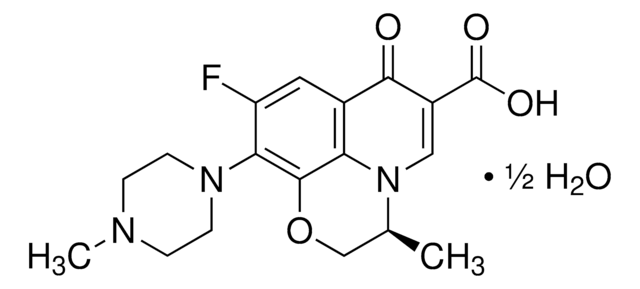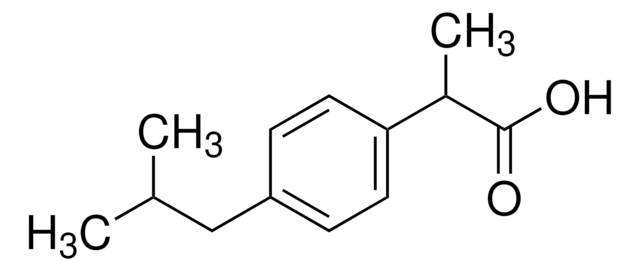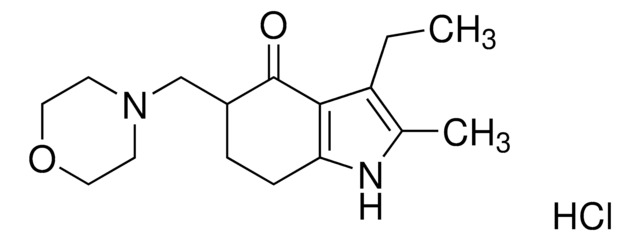MAB411-C
Anti-Interferon-α2 Antibody, clone ST254
clone ST254, from mouse
Synonym(s):
Interferon alpha-2, IFN-alpha-2, Interferon alpha-A, LeIF A, Interferon-α2
About This Item
Neutral
WB
affinity binding assay
affinity binding assay: suitable
neutralization: suitable
western blot: suitable
Recommended Products
biological source
mouse
Quality Level
antibody form
purified immunoglobulin
antibody product type
primary antibodies
clone
ST254, monoclonal
species reactivity
human
technique(s)
ELISA: suitable
affinity binding assay: suitable
neutralization: suitable
western blot: suitable
isotype
IgG1κ
NCBI accession no.
UniProt accession no.
shipped in
dry ice
target post-translational modification
unmodified
Gene Information
human ... IFNA2(3440)
General description
Specificity
Immunogen
Application
Neutralizing Analysis: A representative lot neutralized human IFN-αA (IFN-α2) and IFN-αN (produced by Nalmalwa human Burkitt′s lymphoma cells), but not IFN-α1, antiviral activity against Semliki Forest Virus in human WISH amniotic epithelial cell cultures (Shearer, M., et al. (1984). J. Immunol. 133(6):3096-3101).
Affinity Binding Assay: A representative lot captured human IFN-α2, but not human IFN-α1 (Shearer, M., et al. (1984). J. Immunol. 133(6):3096-3101).
ELISA Analysis: A representative lot was used as the detection antibody for the detection of human IFN-αN (produced by Nalmalwa human Burkitt′s lymphoma cells) by sandwich ELISA (Shearer, M., et al. (1984). J. Immunol. 133(6):3096-3101).
Western Blotting Analysis: A representative lot detected IFN-αA (IFN-α2) and IFN-αN (produced by Nalmalwa human Burkitt′s lymphoma cells) under reducing condition by Western blotting (Shearer, M., et al. (1984). J. Immunol. 133(6):3096-3101).
Inflammation & Immunology
Inflammation & Autoimmune Mechanisms
Quality
Purity of this monoclonal antibody is determined to be at least >85% by SDS-PAGE.
Target description
Physical form
Storage and Stability
Handling Recommendations: Upon receipt and prior to removing the cap, centrifuge the vial and gently mix the solution. Aliquot into microcentrifuge tubes and store at -20°C. Avoid repeated freeze/thaw cycles, which may damage IgG and affect product performance.
Other Notes
Disclaimer
Not finding the right product?
Try our Product Selector Tool.
Storage Class
12 - Non Combustible Liquids
wgk_germany
WGK 2
flash_point_f
Not applicable
flash_point_c
Not applicable
Certificates of Analysis (COA)
Search for Certificates of Analysis (COA) by entering the products Lot/Batch Number. Lot and Batch Numbers can be found on a product’s label following the words ‘Lot’ or ‘Batch’.
Already Own This Product?
Find documentation for the products that you have recently purchased in the Document Library.
Our team of scientists has experience in all areas of research including Life Science, Material Science, Chemical Synthesis, Chromatography, Analytical and many others.
Contact Technical Service








